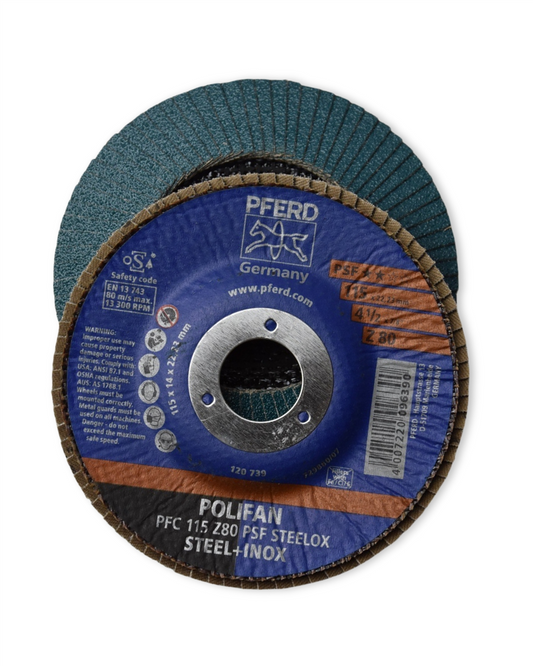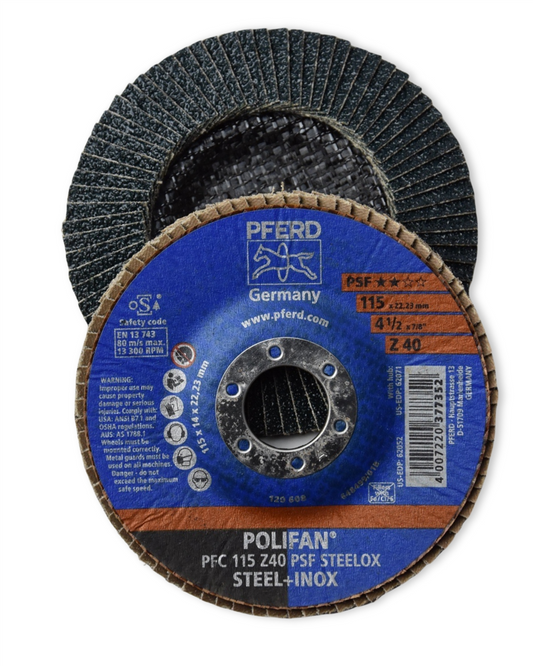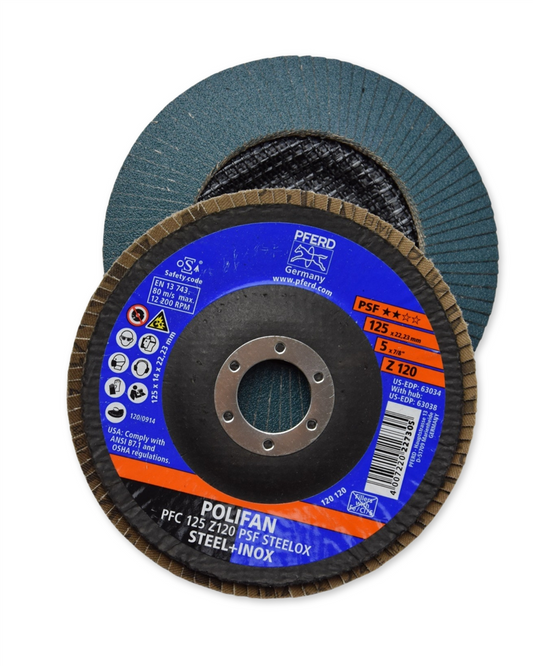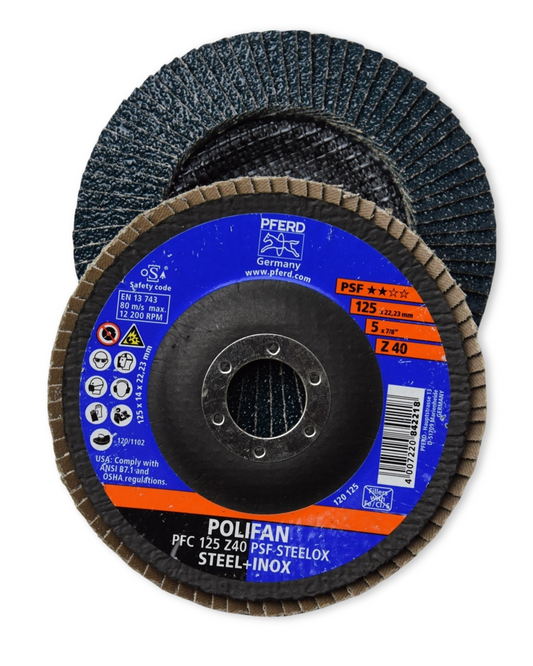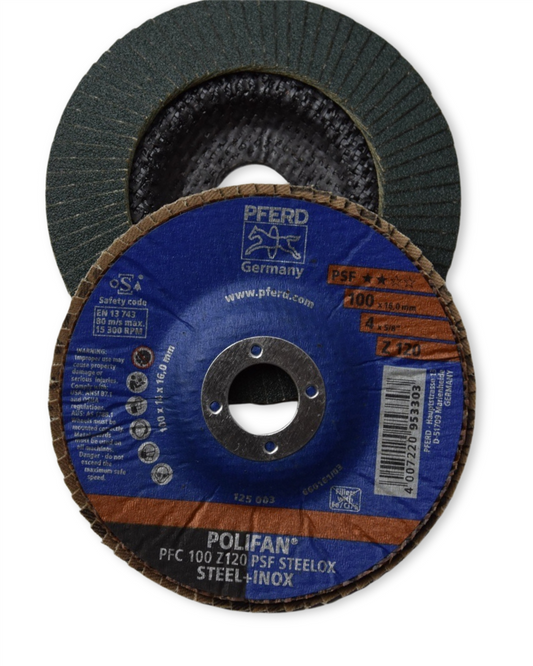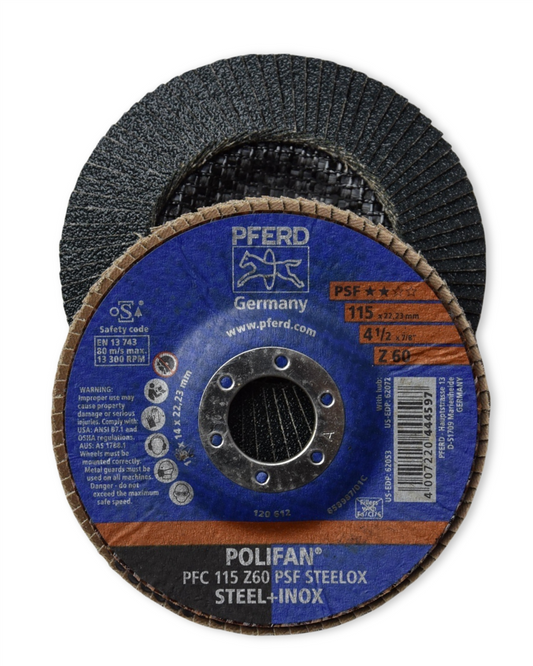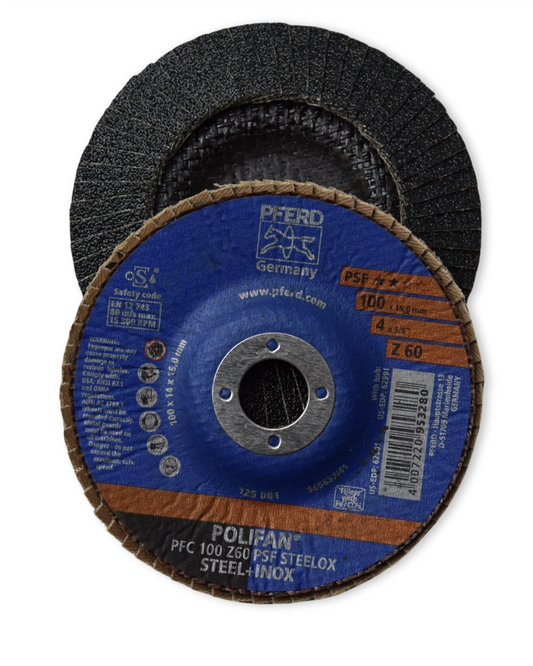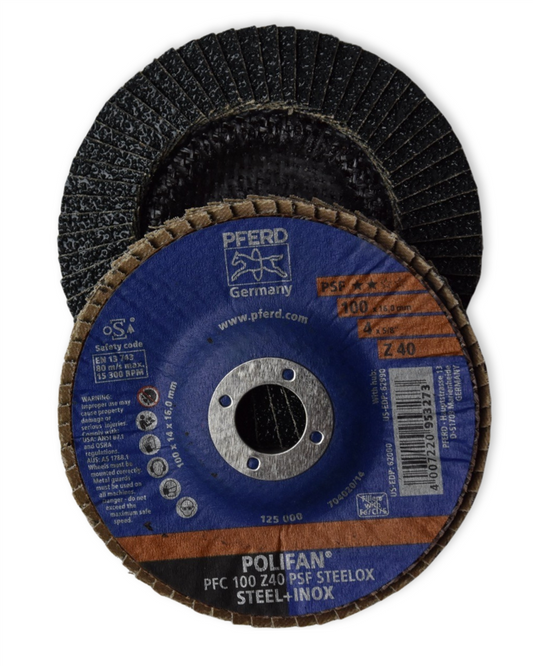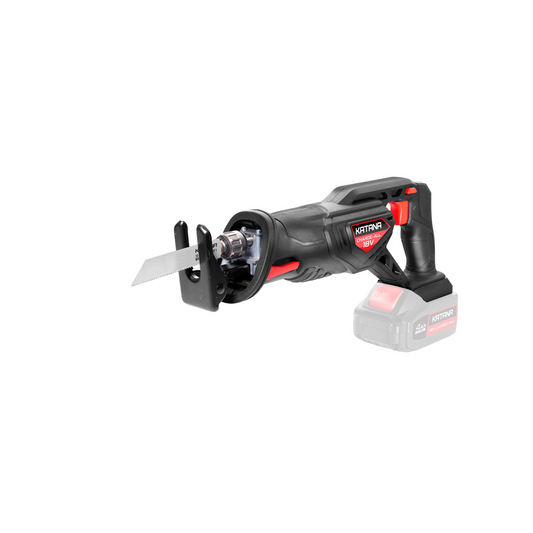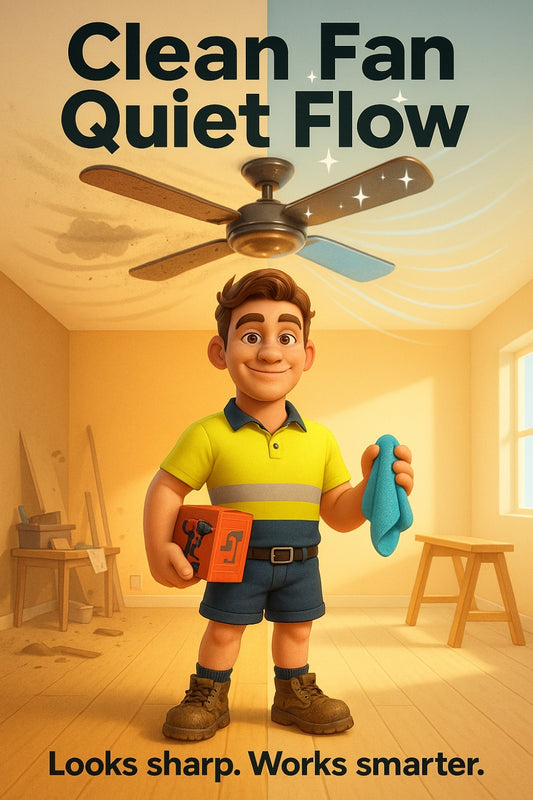End the shadow lines — seal gaps fast for that clean, pro-grade finish every time.
Share
Master Clean Finishes Without the Fuss
Gaps around skirting boards, door frames, and window trims don’t just rob your space of its finished look — they sneak in draughts, dust, and moisture too. Leaving them open is like leaving a job half done. That tiny slice of polish can make the difference between looks okay and looks like it was done by a pro.
Why Fill Gaps at All?
We’ve all stood back after installing a sleek new doorframe or laying fresh skirting boards only to notice… a shadow line that wasn’t supposed to be there. Gaps appear because wood shrinks, walls shift, and buildings settle. Whether it’s for draft control or just to make it look sharper, a good gap filler brings clean lines back to life.
“DIY should never look like DIY. The right filler hides the work, not the effort.” – Candeece H.
But picking up the caulking gun isn’t just about appearances — it’s also about avoiding cracked paint lines later and sealing against insects and moisture. A single tube of gap filler can tighten up four walls, literally.
Choosing the Right Filler
First things first: not all fillers are made equal. Here’s a quick cheat sheet comparison:
- Acrylic Gap Filler: Perfect for painted areas. Stays flexible. Interior use only.
- Flexible Sealants: Great for gaps that move — use between walls and doorframes.
- Silicone Sealant: Not paintable. Better for wet zones like bathrooms or kitchens.
For skirting boards, windows, and door trims inside the house, plain acrylic gap filler is your best mate. Grab a water-based one — easier to clean, faster to paint over.
Let’s Get Practical: How to Apply Gap Filler
The trick isn’t just applying it — it’s getting that smooth, invisible finish.
Step 1: Prep the Battlefield
- Clean the gap: Vacuum it or give it a dry brush to remove dust and cobwebs.
- Tape it (optional): If you want really crisp edges, tape along both sides of the gap.
Step 2: Load the Caulking Gun
- Cut the nozzle at a 45° angle
- Keep the hole small — you can always go thicker on the second pass
Now roll your shoulders. You want a smooth, continuous line — slow and steady wins here.
Step 3: Apply and Swipe
- Push the filler into the gap, not just over it
- Smooth with a wet finger, rounded ice-cream stick, or plastic finishing tool
- Wipe excess with a damp cloth straight after smoothing
Feeling brave? Don’t use tape — just feather the edge and touch it up with paint once dry. The finish is surprisingly forgiving if you use light pressure and keep a damp finger on standby.
Step 4: Let It Cure
Most acrylic fillers are paint-ready in 30 minutes to an hour — but always read the label. Watch out for damp or humid conditions, though — they can double the dry time.
Pro Troubleshooting
- Cracking after drying? You probably overloaded the filler. A second thin application will fix it.
- Won’t stick? Surface might be dusty or too wet — make sure it’s clean and dry.
- Messy application? Practice on a scrap of timber. Like most tools, it gets easier fast.
The Simple Beauty of Tidy Lines
Here’s a truth not often said loud: People might not notice when you do this job right, but they’ll definitely notice when you skip it. That thin bead of gap filler brings cohesion to your finish. One scroll through real estate listings will tell you — clean lines sell.
Look at a high-traffic hallway and see the dust trails in every shadowy crevice. Fill those gaps and the walls look whiter, warmer. Fill that frame and the door looks more solid. Each bead is a final brushstroke.
Add your filler just before you slap on your final coat of paint. It’ll nestle in like it was always meant to be there.
“Don’t wait for the big reveal to impress — it’s the finishing work that sells the story.” – Candeece
You’re Closer to Professional Than You Think
There’s a kind of satisfaction that only comes from knowing every corner is sealed, every trim is clean, and nothing — not even a skinny spider — is sneaking through your hard work. It shows. It lifts the room. And it sticks in people’s minds, even if they can't put their finger on why.
So go on — grab the gun, line it up, and seal the deal with style.
All the best,
Candeece

Stay Connected
Follow our Facebook Page: Strathalbyn H Hardware on Facebook



